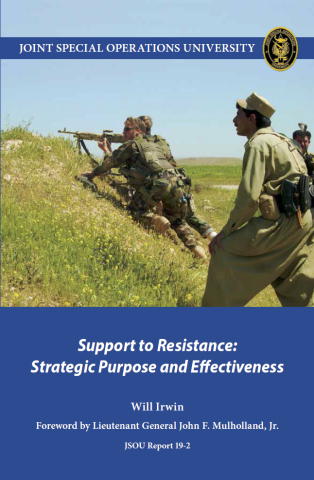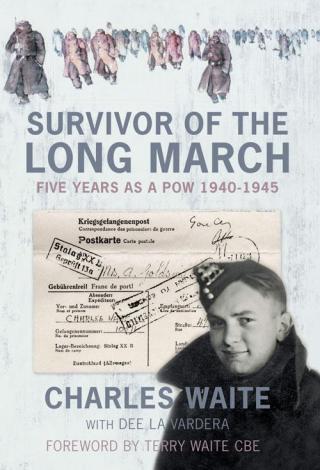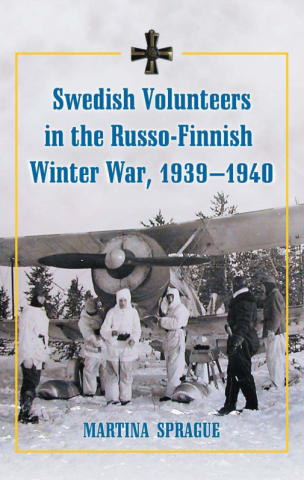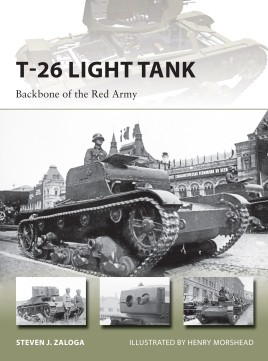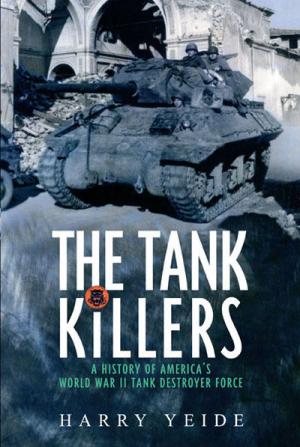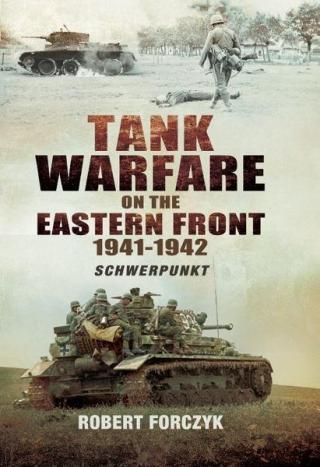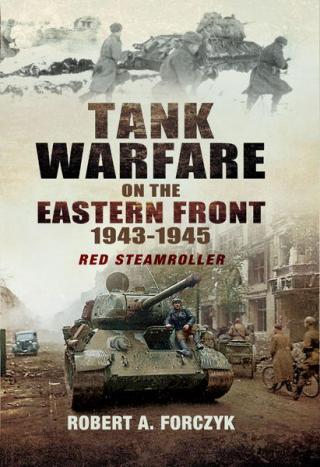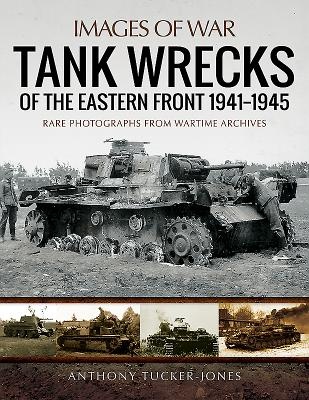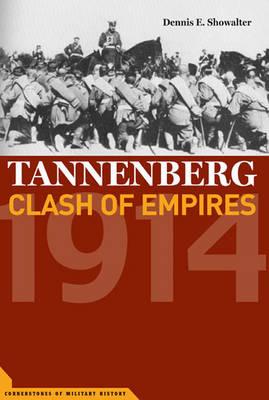This monograph is the first in a planned series of three volumes that will provide Special Operations Forces (SOF) with an in-depth study of resistance movements. Mr. Will Irwin provides a wealth of case studies focused on the United States...
Формат:
только полные версии
This is a remarkable and unique story of Jim Brigginshaw. Having been captured by the Japanese after the fall of Singapore in 1942, Jim was first sent to work in Burma, to build what has become known as the Death Railway. Unlike many of his...
Nothing prepares a man for war and Private Charles Waite, of the Queen’s Royal Regiment, was ill-prepared when his convoy took a wrong turning near Abbeville and met 400 German soldiers and half a dozen tanks. “The day I was captured, I had a...
Sandwiched between Nazi Germany and the "Russian Bear," Sweden walked a diplomatic tightrope on if and how it should support Finland during the Russo-Finnish Winter War. Social and political forces motivated the Swedish leadership to promote...
Военная история, Военное дело, военная техника и вооружение
T-26 Light Tank: Backbone of the Red Army
The T-26 was the first major Soviet armour program of the 1930s, beginning as a license-built version of the British Vickers 6-ton export tank. Although the T-26 retained the basic Vickers hull and suspension, the Red Army began to make extensive...
The Tank Killers is the story of the American Tank Destroyer Force in North Africa, Italy, and the European Theater during World War II. The tank destroyer (TD) was a bold—if some would say flawed—answer to the challenge posed by the seemingly...
Автор: Форжик Роберт
Серия: Tank Warfare on the Eastern Front #1
Язык: английский
Год: 2014
полная версия
The German panzer armies that swept into the Soviet Union in 1941 were an undefeated force that had honed their skill in combined arms warfare to a fine edge. The Germans focused their panzers and tactical air support at points on the battlefield...
Автор: Форжик Роберт
Серия: Tank Warfare on the Eastern Front #2
Язык: английский
Год: 2016
полная версия
By 1943, after the catastrophic German defeat at Stalingrad, the Wehmacht’s panzer armies gradually lost the initiative on the Eastern Front. The tide of the war had turned. Their combined arms technique, which had swept Soviet forces before it...
Four years of armored battle on the Eastern Front in the Second World War littered the battlefields with the wrecks of destroyed and disabled tanks, and Anthony Tucker-Jones’s photographic history is a fascinating guide to them. It provides a...
The battle of Tannenberg (August 27–30, 1914) opened World War I with a decisive German victory over Russia—indeed the Kaiser’s only clear-cut victory in a non-attritional battle during four years of war. In this first paperback edition of the...
